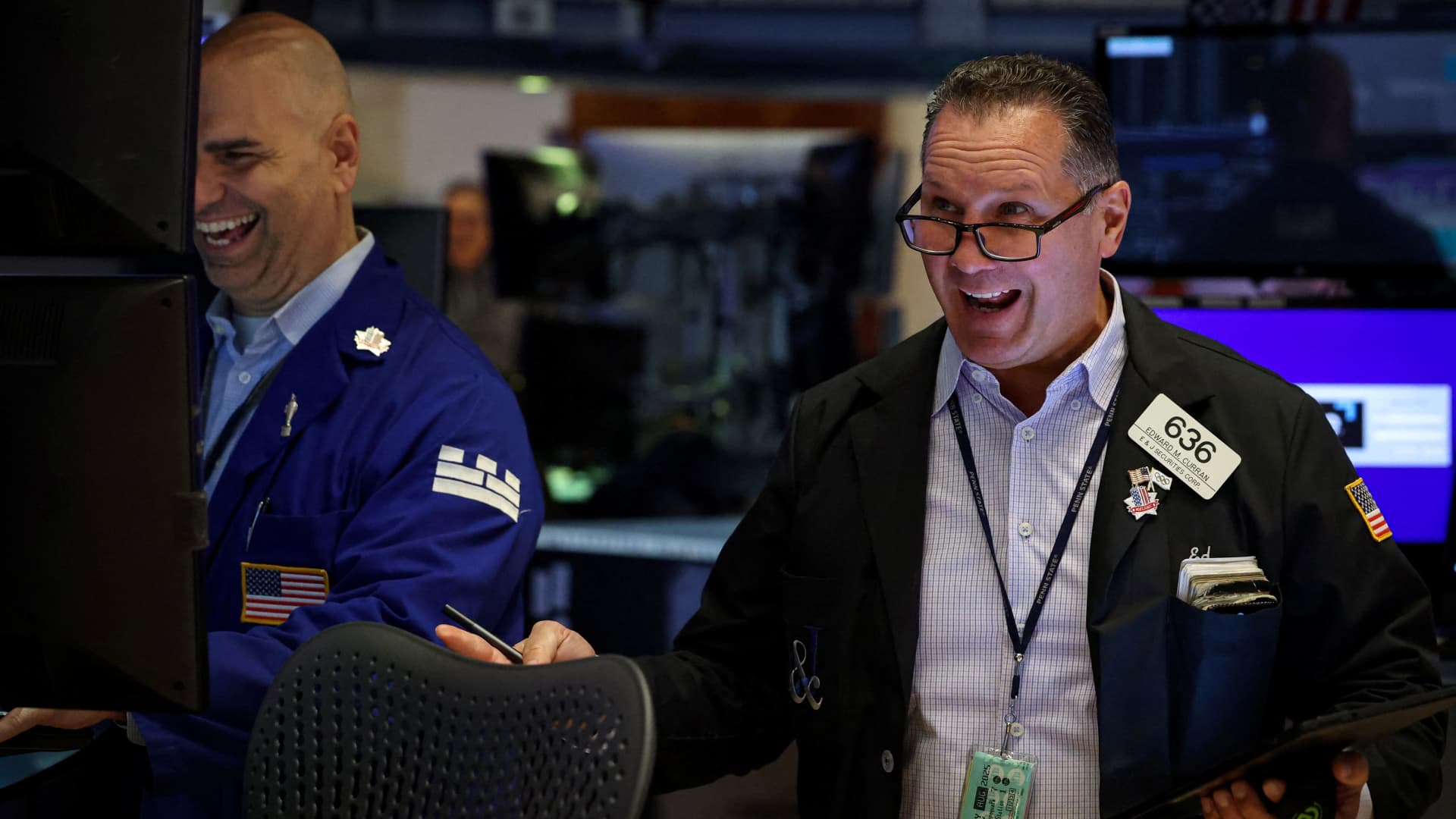U.S. equities have proven resilient even as the Trump administration haphazardly implements policy changes, according to Morgan Stanley. The S & P 500 has risen almost 10% so far in 2025, while the Nasdaq Composite is higher by more than 11% and the Dow Jones Industrial Average is ahead more than 7%. Stocks have climbed even as policy changes, from President Donald Trump’s higher tariffs to his extension of tax cuts from his first term to immigration limits, have spurred concern over the health of the economy and the state of consumer spending. Hiring has slowed meaningfully in recent months, while inflation has remained stubbornly above the Federal Reserve’s 2% target . “The economy and markets have been telling diverging stories: macroeconomic data point to an incrementally weakening environment, while the S & P 500 has posted positive year to date performance after April’s significant low,” strategists and economists led by Ariana Salvatore wrote in a report earlier this week. The Morgan Stanley strategists attributed the diverging paths for the economy and the market to the varying impacts that the specific policy changes have had on different sectors of the market, and those segments’ differently weighted share of the total S & P 500 market capitalization. Their conclusion is that while the policy shifts have added macroeconomic concern, stock investors are assessing the impacts on a company-by-company and sector-by-sector basis rather than keying on broad brush concerns. Limited market cap weight “For example: tariffs are a clear headwind to margins for certain industries, but the overall market cap weight of these groups is limited,” Salvatore wrote. “In short, the negative impacts (e.g., tariffs, immigration) are concentrated in sectors that do not represent a significant portion of S & P market cap, while the tailwinds (e.g., taxes, deregulation) are more dispersed among a broader cohort that drives index-level performance.” The broad picture implies an “incrementally weaker” macroeconomic environment in the future, but without a recession, Salvatore said. In that climate, equities as a whole should continue to outperform, with the brunt of the negative impacts from policy shifts concentrated in consumer discretionary stocks, Morgan Stanley said. Sectors that ought to remain resilient include industrials, driven by artificial intelligence tailwinds, as well as semiconductors. “Although the on-again-off-again tariff policies on the surface appear volatile, the economy is in the middle of an expansion and company fundamentals are solid with one notable exception, health care,” where there’s an existential threat to profit margins, said Eric Teal, chief investment officer at Comerica Wealth Management. Stocks have slowed as of late, with Microsoft, Netflix, Walmart and Apple all retreating this past week, and the S & P 500 sliding for five straight days through Thursday. On Friday, investors were encouraged by remarks by Federal Reserve Chair Jerome Powell at the central bank’s annual economic symposium signaling that the central bank could lower interest rates as soon as next month. “The recent activity is starting to play out true to seasonal and technical form – August and September have been the two worst performing and most volatile months over the last 20 years,” said Jay Woods, chief global strategist at Freedom Capital Markets. “It may prove to be that way again. The recent price action is a normal digestive phase in a secular bull market and is setting the stage for a great year-end rally.”





